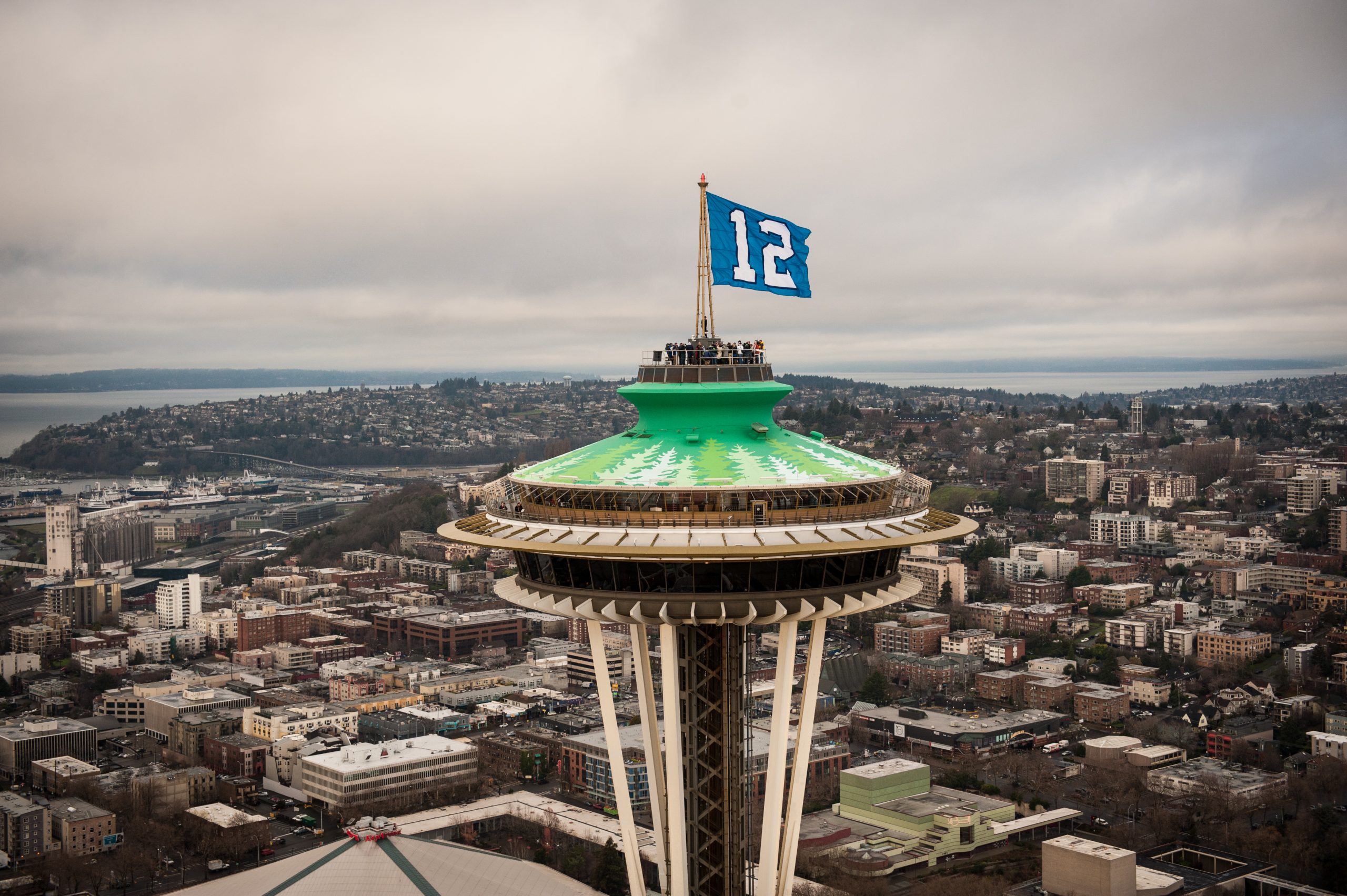I was checking on some red zone stats during the pats game last night (because they’ve been near the bottom in red zone defense all year), and was surprised to see that there is only one likely playoff team in the top 10 in red zone defense this season (your very own Seattle Seahawks check in at #9).
I dropped our prodigal son Mike Sando a note asking him why he thought that might be because he made a very compelling case back in 2005 that red zone defense was a great predictor of Super Bowl success.
I hesitate to post his response because I don’t want him to feel exploited for this blog and I don’t know if ESPN would get mad if his commentary appeared outside their jurisdiction, but the gist was that a team with a great strength in one area can make up for deficiencies in others (e.g., the 2000 Ravens and 2007 Patriots). He also pointed out that the teams with the 26 best red-zone defense percentages since 2000 have won 25 playoff games while posting a 5-1 record in Super Bowls.
That’s all great, but why are we seeing all the best teams grouped toward the bottom of red zone defense this year?
My short answer is that I believe this has been one of the strongest offensive seasons in the history of the NFL. People focus on the Pats, but look across the league.
It is striking to me that the best scoring defense in the NFL this year is allowing 16 pts/game (Tampa). Last year, two teams held opponents under 15, with the lowest being Baltimore at 12.6. 2005, Chicago led the league with…12.6. Ah, it looks like we had a similar year in 2004 where the lowest scoring defense still allowed 15.7. Hmm, what’s the same about 2004 and 2007? Manning and Brady sure had similar years. Would that have a league-wide effect? Unlikely.
My gut tells me there is a pattern there to be unearthed, but my brain tells me I’ve got to spend time on house chores.
Any theories are welcome.
